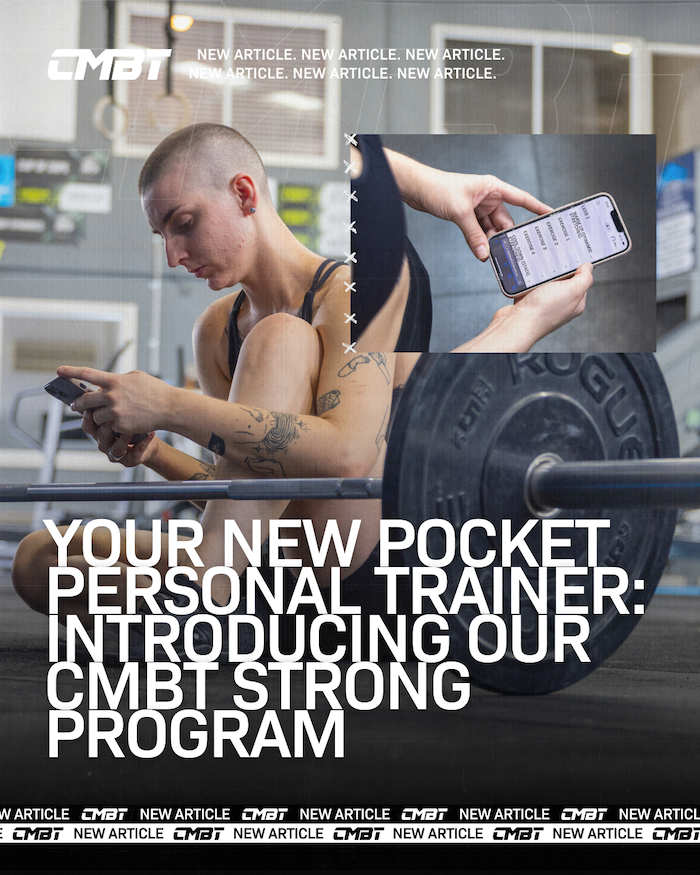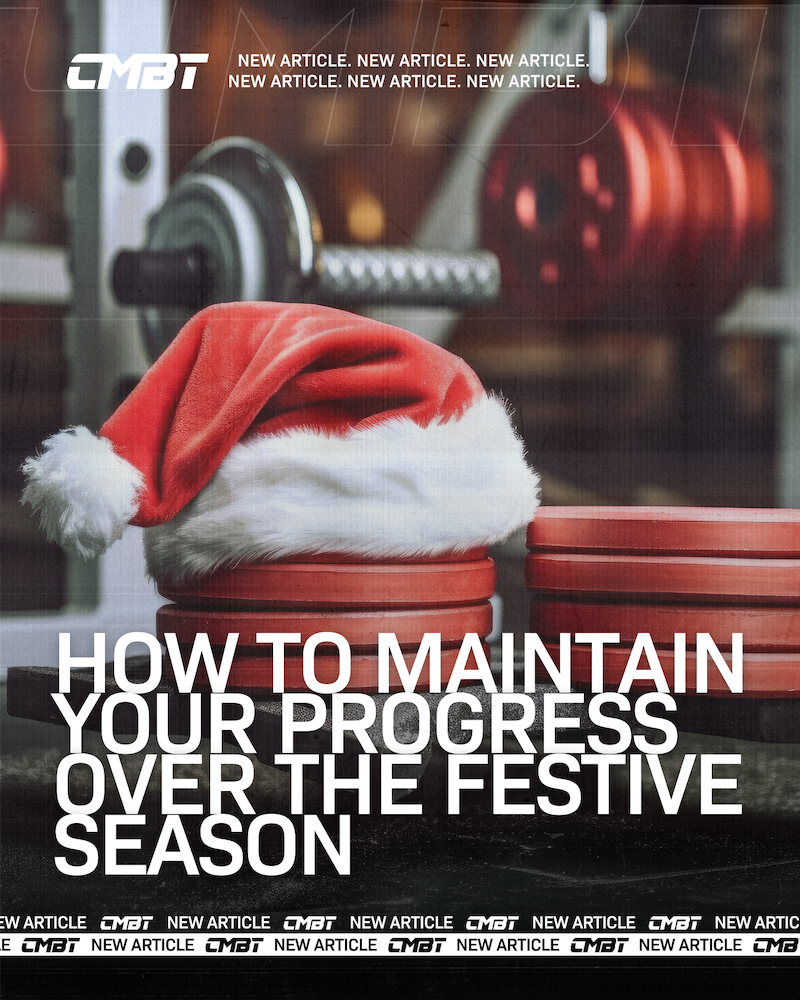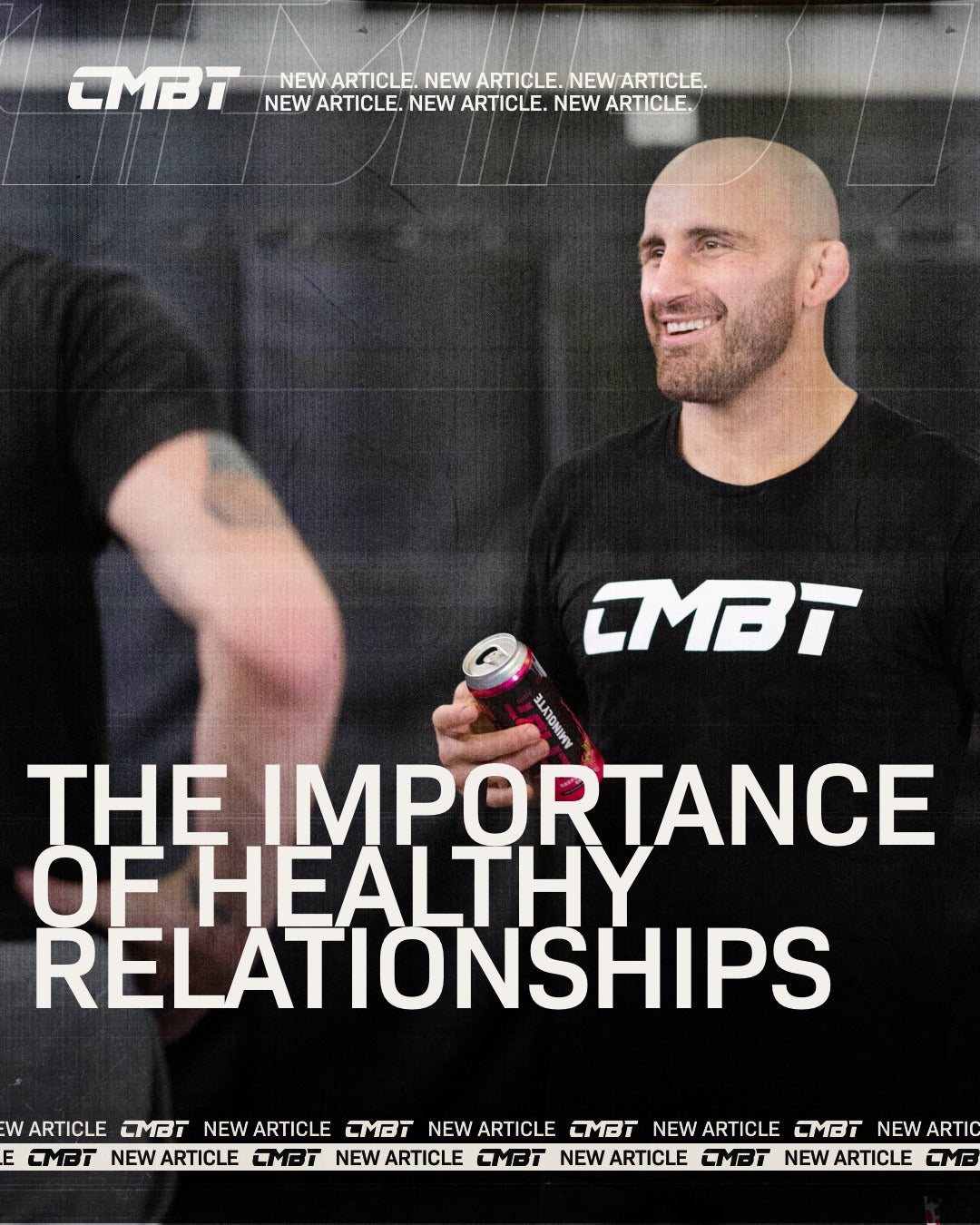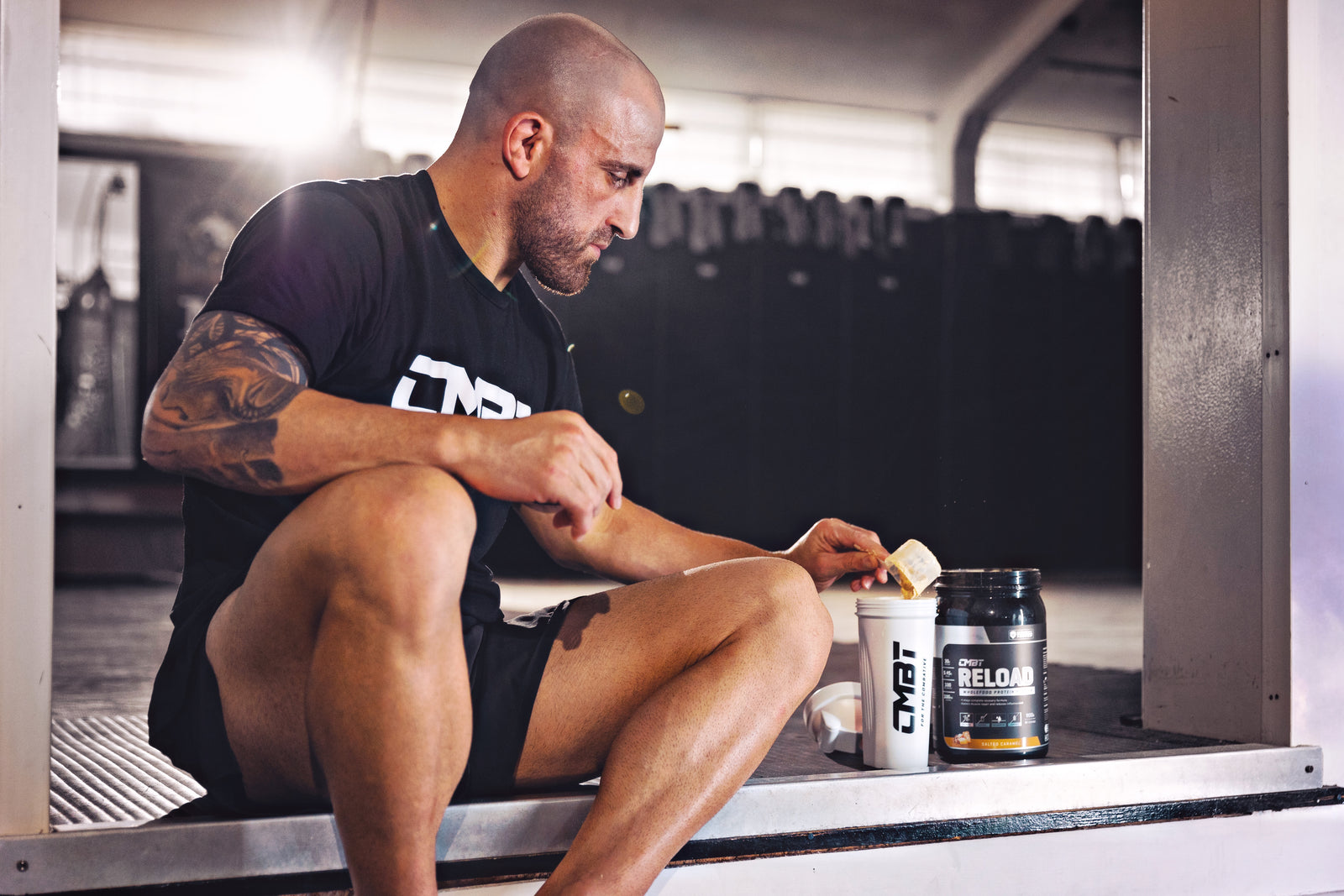Heart rate monitors (HRMs) and fitness trackers have become increasingly popular among fitness enthusiasts and athletes as a way to track and monitor their cardiovascular activity during exercise. These devices are designed to measure the number of beats per minute (BPM) of the heart, providing valuable information about the intensity of exercise and the body's response to it.
However, the accuracy of these monitors has been a topic of debate among researchers and fitness experts. In this article, we will explore the current research on the accuracy of HRMs during exercise and discuss the potential limitations of these devices.
One study published in the Journal of Sports Sciences found that HRMs can vary significantly in their accuracy. The study compared four different HRMs to a gold standard electrocardiogram (ECG) and found that the monitors had an average error rate of 5.8%. The researchers concluded that HRMs are generally accurate, but their accuracy may be affected by factors such as movement, skin contact, and skin temperature.
Another study published in the International Journal of Sports Medicine found that HRMs can be affected by factors such as body position, body mass, and skin thickness. The study found that HRMs were more accurate when worn on the chest, as opposed to the wrist or arm. The researchers also found that HRMs were more accurate in individuals with lower body mass and thinner skin.
In addition, research published in Journal of Science and Medicine in Sport found that HRMs tend to overestimate heart rate during exercise. The study compared HRMs worn on the wrist and chest to an ECG, and found that the monitors overestimated heart rate by an average of 7%. The researchers noted that this overestimation may be due to the fact that HRMs measure heart rate through the skin and muscle, which can result in inaccuracies.
However, despite these studies, it is important to note that HRMs have been found to be reliable in many other studies. Research published in the Journal of Athletic Training found that HRMs were accurate and reliable in measuring heart rate in healthy adults during treadmill exercise. Another study published in the Journal of Sports Sciences found that HRMs were highly accurate in measuring heart rate during cycling exercise.
In summary, the accuracy of HRMs during exercise can vary depending on various factors such as the type of monitor, body position, body mass, skin thickness, and exercise intensity. While some studies have found that HRMs can be inaccurate, other studies have found them to be reliable and accurate. Therefore, it is important to consider the limitations of HRMs and to use them in conjunction with other methods of monitoring exercise intensity, such as perceived exertion or rate of perceived exertion (RPE). Furthermore, individuals should consult with a healthcare professional before using HRMs, especially if they have any pre-existing medical conditions.
References:
- E. Graham, M.P. Coggan, P.B. Sparling, A.L. Rogers, A.C. Martin and R.R. Cureton, “Validity of wrist-worn heart rate monitors during treadmill exercise,” Journal of Athletic Training, vol. 49, no. 6, pp. 764–770, 2014.
- S.C.K. Tan, A.J. Coates, M.J.K. Batterham, and J.B. Thompson, “Validity and reliability of the Polar S610 heart rate monitor during cycling,” Journal of Sports Sciences, vol. 24, no. 9, pp. 943–950, 2006.
- J.J. Heil, B.J. Petushek, and J.J. Jakicic, “Validity and reliability of a wrist-worn heart rate monitor during treadmill exercise,” International Journal of Sports Medicine, vol. 36, no. 12, pp.

















































![[VIDEO] Fuel Your Passion feat. Sami Locke](http://cmbt.com.au/cdn/shop/articles/Sami.jpg?v=1625826844&width=1600)